During dog domestication, humans bred different breeds for specific traits. The gene pool for each specific breed narrowed, and this resulted in different health issues in different breeds. It has also increased the risk of cancer in dogs.
Cancers can occur due to many reasons, including genetics and environmental factors like diet and exposure to carcinogenic substances. While there is no guarantee that any dog will be free from cancer for their entire life, some breeds are less prone to cancer than others.
Do you know? Both in humans and dogs, the increased size correlates with increased cancer risk. In dogs, it’s the breed size while in humans, it’s height.
The most common types of canine cancers include mast cell tumors, osteosarcoma, lymphoma, hemangiosarcoma, and melanoma.
Here are the top dog breeds least prone to cancer.
Dog Breeds Least Prone to Cancer
1. Pomeranian

Breed Profile
Height: 6 to 7 inches
Weight: 3 to 7 pounds
Life Expectancy: 12 to 16 years
The popular little fluff balls, Pomeranians, are known for their intelligent and curious nature. They are at a higher risk of developing other health issues like patellar luxation, dental disease, eye problems, collapsing trachea, and congestive heart failure. However, they are less susceptible to cancer.
Having a lifespan of 12 to 16 years, Poms are generally considered healthy dogs, especially with the right care. Poms make excellent family pets. Take care of your Pom’s heart, teeth, and joints, and they will be with you for years to come.
Pomds are the dogs with moderate energy levels. They need 30 to 60 minutes of exercise every day, including short walks and play sessions. However, their favorite activity is providing laughter and companionship to their favorite human, says the American Kennel Club.
2. Chihuahua
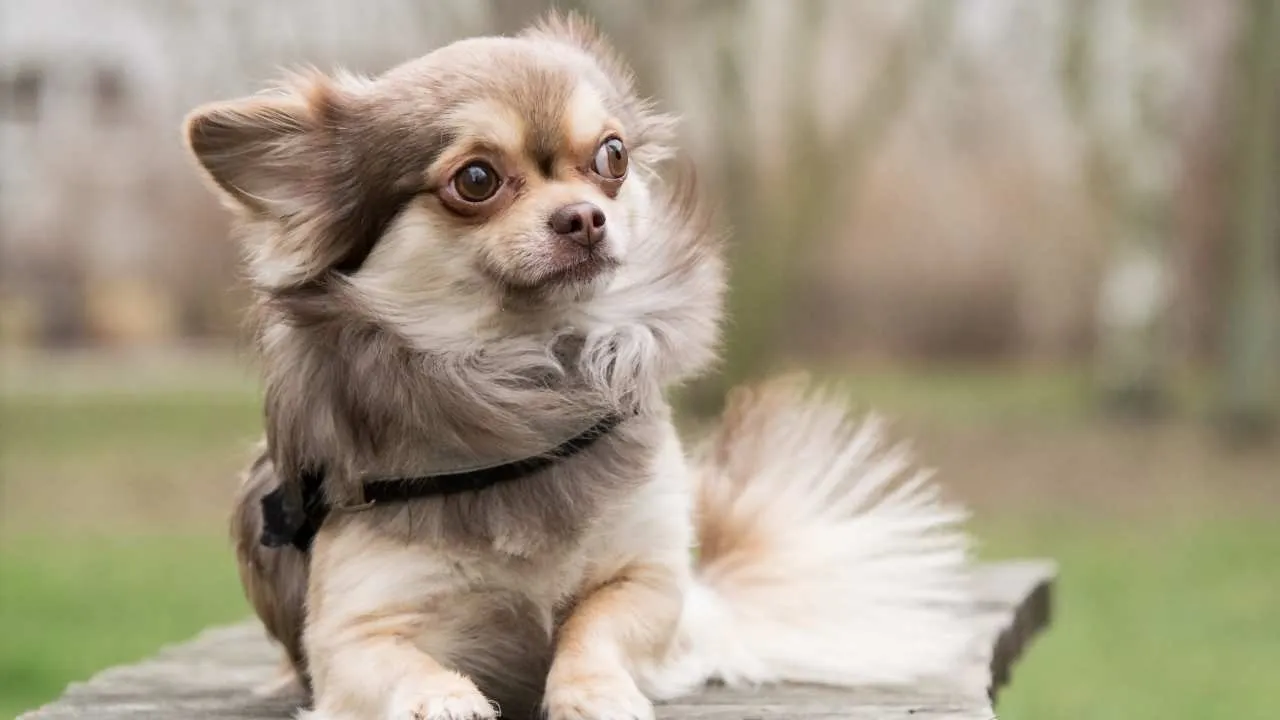
Breed Profile
Height: 5 to 8 inches
Weight: Under 6 pounds
Life Expectancy: 14 to 16 years
Chihuahuas are an excellent choice for families who are looking forward to adopting a dog with a lower cancer risk. Like Poms, Chihuahuas are also vulnerable to luxating patella and dental disease. Puppies are prone to some congenital heart diseases.
The chihuahua is one of the longest living dog breeds, and this might be attributed to low average cancer rates. They have a lifespan of 14 to 16 years, but some Chihuahuas can live up to 20 years.
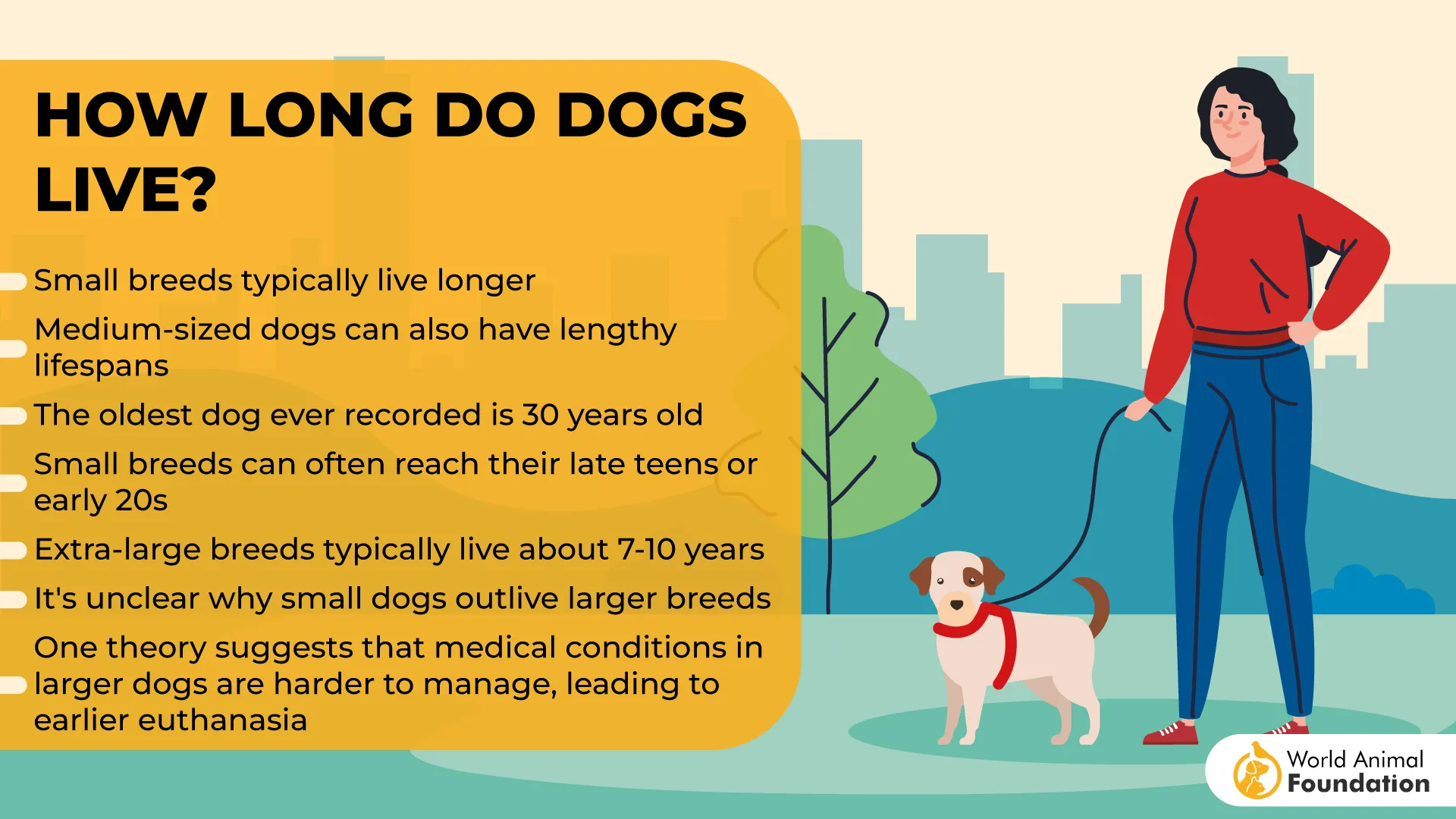
A dog’s risk of cancer increases with its age. So, the ability of the longest living dog to avoid it speaks well for how good they are at it.
Fun fact: Chihuahuas have a very large brain compared to their body size, which explains their remarkable intelligence.
Despite their small size, these high-energy dogs require plenty of exercise and indoor play sessions for mental and physical stimulation. Chihuahua is a loyal companion, highly devoted to its owners. They form deep bonds with their humans.
3. French Bulldog
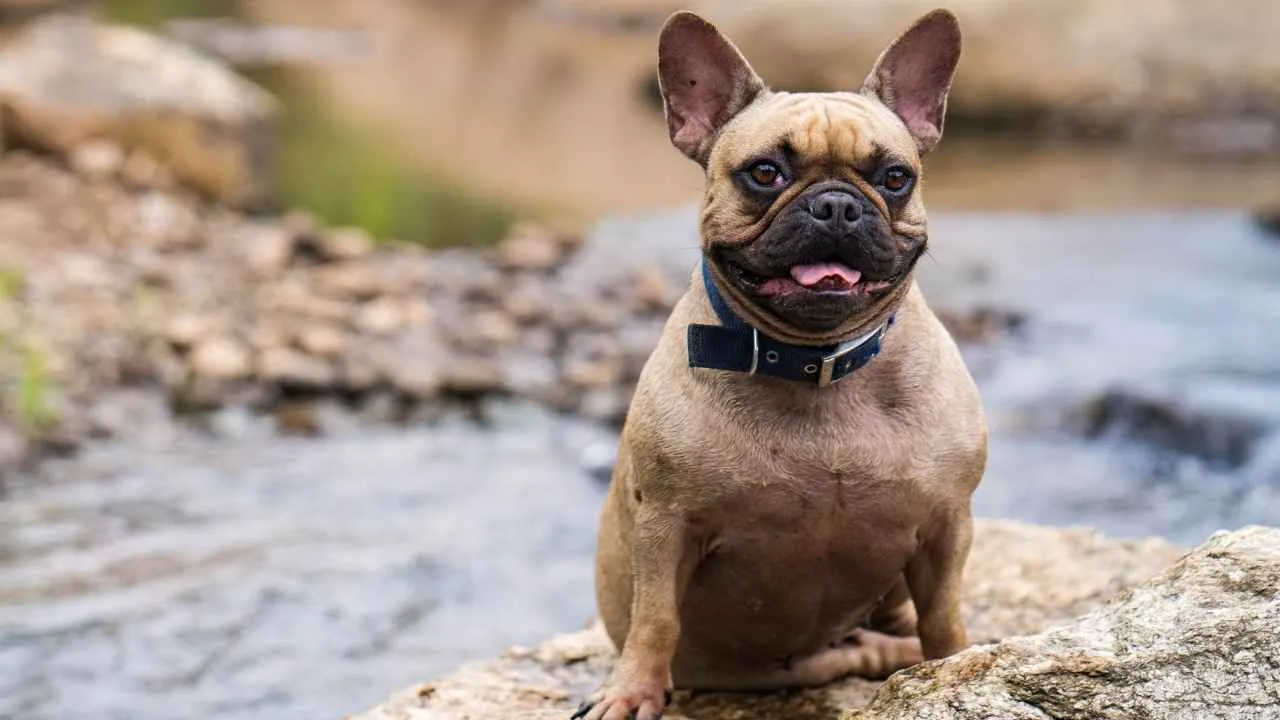
Breed Profile
Height: 11 to 13 inches
Weight: Under 26 inches
Life Expectancy: 10 to 12 years
The French bulldog is a talkative dog who will keep you entertained with its yips, grunts, and murmurs. These sweet pooches are known for having a susceptibility to numerous diseases, including ear infections, skin allergies, and brachycephaly.
Many Frenchies have to undergo surgical procedures at a young age to breathe efficiently. These health conditions might impact the breed’s longevity, but Frenchies are least prone to cancers. According to PetMD, these compact and muscular dogs have moderate energy levels.
French bulldogs need 60 minutes of exercise every day to stay healthy and fit. However, Frenchies are vulnerable to mast cell cancer, like other brachycephalic breeds. So, if you notice a lump or bump on your dog’s genital area, instantly consult your vet.
4. Labrador Retriever
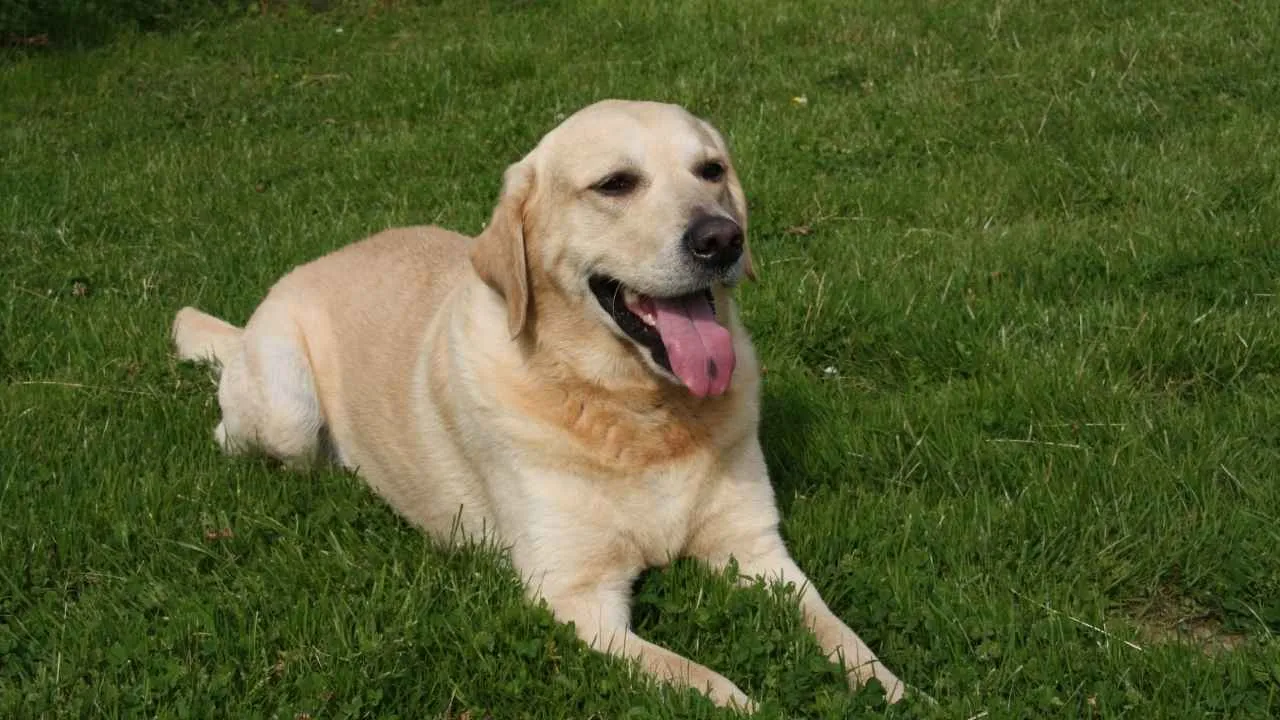
Breed Profile
Height: 21.5 to 24.5 inches
Weight: 55 to 80 pounds
Life Expectancy: 11 to 13 years
One of the popular dog breeds, Labrador Retrievers are known for their intelligence, versatility, and overall good health. Their genetic predisposition contributes to a decreased susceptibility to cancer, making them ideal for families seeking a healthy dog.
Labradors have a long lifespan of up to 13 years, and they do not suffer from the genetic diseases that are quite prevalent among other large dog breeds. A balanced diet and proper exercise routine can help them lead healthy and happy lives.
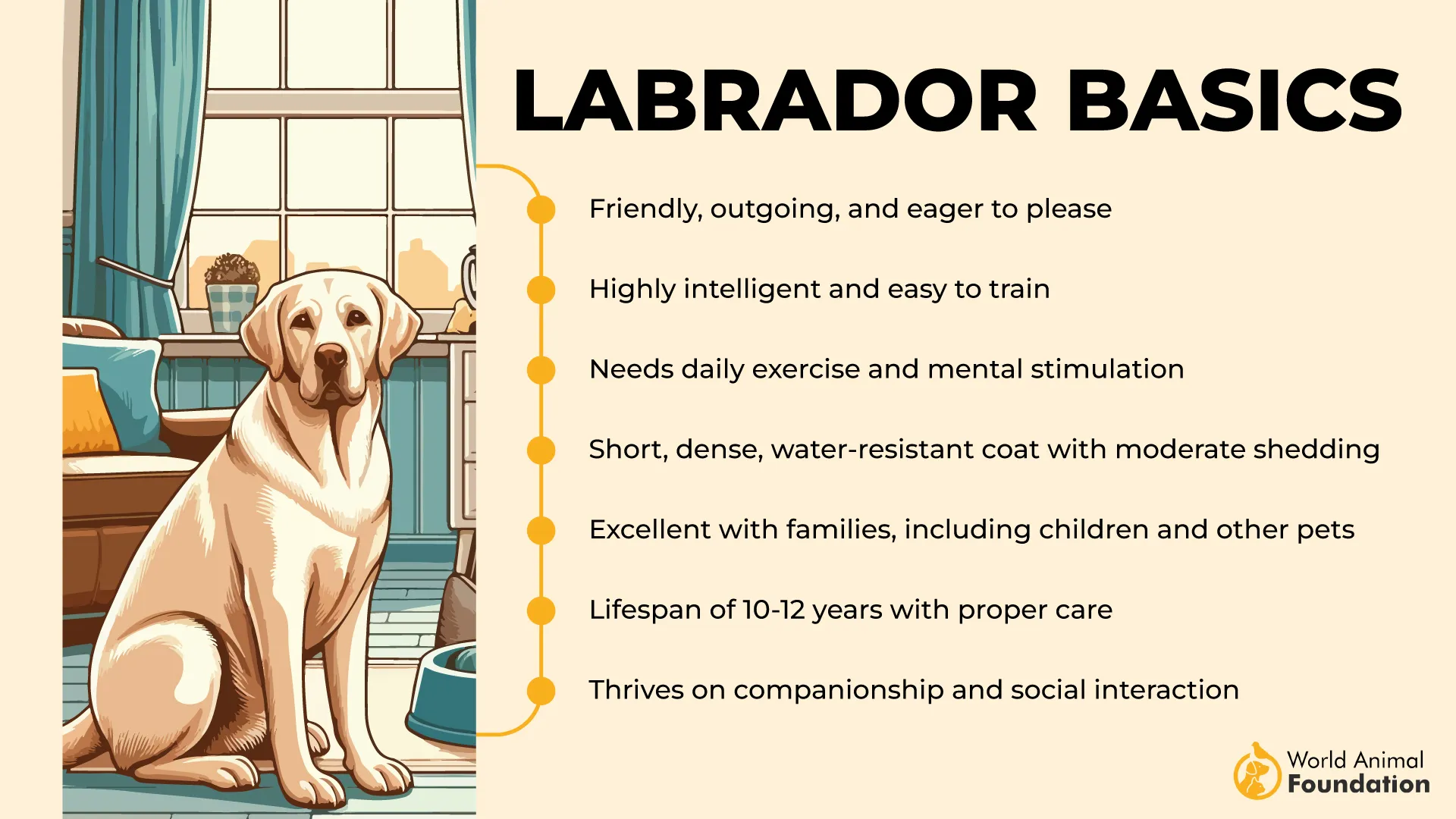
Labradors are full of energy, and according to PDSA, they need at least two hours of physical activity and mental stimulation every day. Labs are loving and affectionate dogs that form strong bonds with their humans.
5. Australian Shepherd
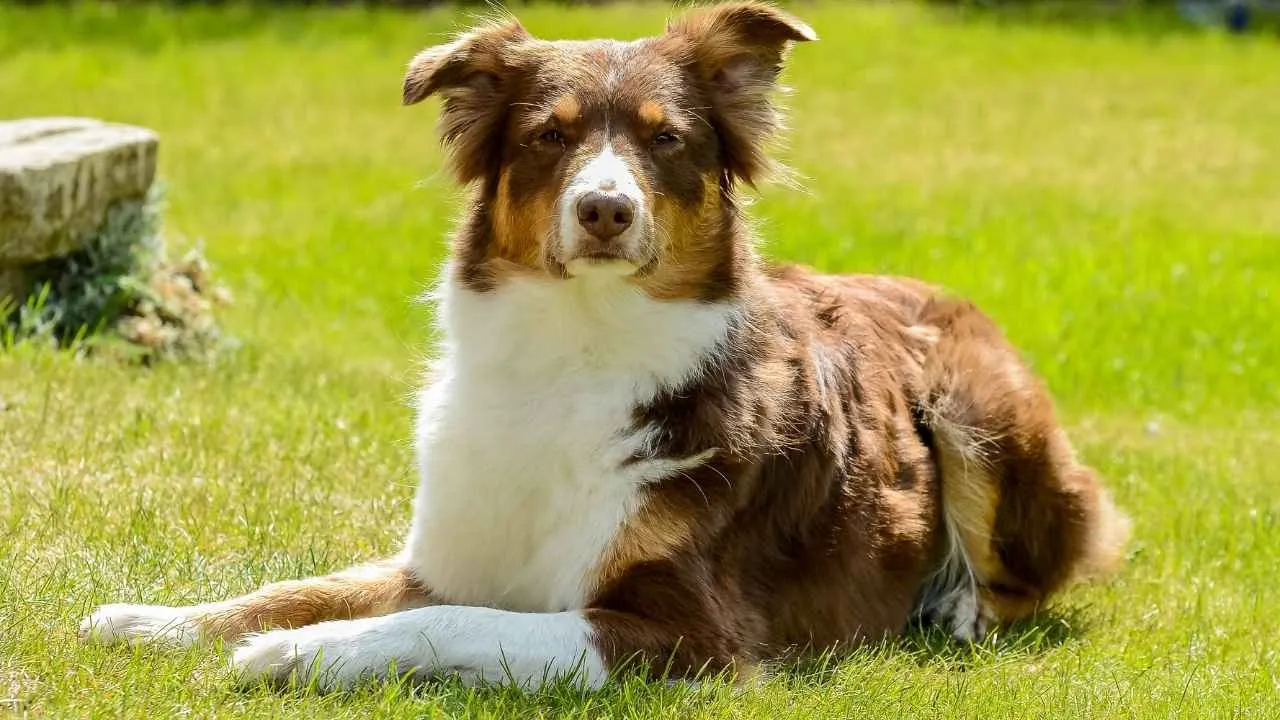
Breed Profile
Height: 18 to 23 inches
Weight: 40 to 65 pounds
Life Expectancy: 12 to 15 years
Popular for their agility and striking appearance, Australian Shepherd is another dog breed that is least prone to cancer. It might be attributed to their active lifestyle that promotes overall well-being. In addition, their genetic composition makes them resilient to certain types of cancer.
Australian Shepherds are healthy dogs having lots of stamina and athleticism. They can live up to 15 years. Their longevity and minimal risk of developing cancer make them one of the healthiest dog breeds. Australian Shepherds are ideal for families having an active lifestyle.
These high-energy dogs need plenty of exercise daily to stay fit. Around two hours of exercise, including long walks and playtime in a fenced yard, will suffice. Aussies are prone to health conditions, including hip dysplasia, hyperthyroidism, and obesity.
6. Beagle

Breed Profile
Height: 12 to 15 inches(Under 12 inches)
Weight: Under 30 pounds
Life Expectancy: 10 to 15 years
Beagles are one of the healthiest dog breeds that rarely suffer from any health problems and can live up to 15 years. They are also least vulnerable to cancer. If you are planning to adopt a healthy dog with a cute appearance, Beagles might be the right choice for you.
The low cancer rate in Beagles is associated with genetics, lifestyle, and overall well-being. Beagles are the pack-oriented dogs that often require the company of humans and other dogs. These adventurous dogs need regular exercise to stay healthy.
Beagles’ natural vitality, coupled with a well-balanced diet and proper exercise, helps them stay healthy. Beagles have a short coat that does not require extensive grooming. However, they are prone to eye infections, Limber tail syndrome, allergies, and obesity.
7. Australian Cattle Dog
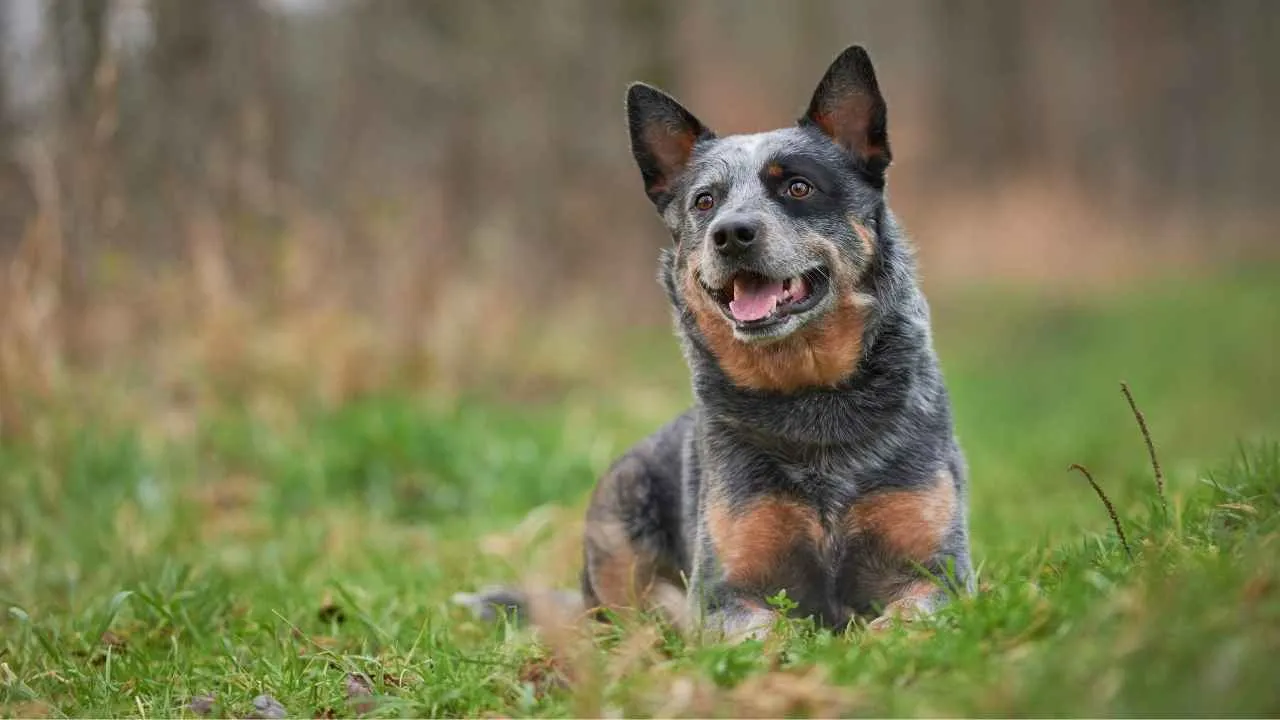
Breed Profile
Height: 17 to 20 inches
Weight: 35 to 50 pounds
Life Expectancy: 12 to 16 years
Australian Cattle Dog is an energetic breed that requires a lot of exercise. They are also among the healthiest dog breeds, having lower cancer risks. These hardy dogs can live up to 15 years. They have a strong immune system, which automatically makes them resilient to many health problems.
Australian Cattle Dogs are generally healthy but are susceptible to diseases like hip dysplasia, elbow dysplasia, cataracts, lens luxation, retinal atrophy, and deafness. They make excellent running partners due to their agility and boundless energy.
Australian Cattle Dogs are muscular, medium-sized dogs known for their intelligence, alert nature, and pricked ears. Their dense coat provides insulation against harsh weather and keeps them warm in winter.
Conclusion
Planning to adopt a healthy dog breed that is least susceptible to cancer? One of the breeds mentioned in this article might be the right fit for you. But remember, every dog is susceptible to some diseases in their life. Regular vet visits, proper exercise, and a balanced diet can help keep your dog fit and healthy.


